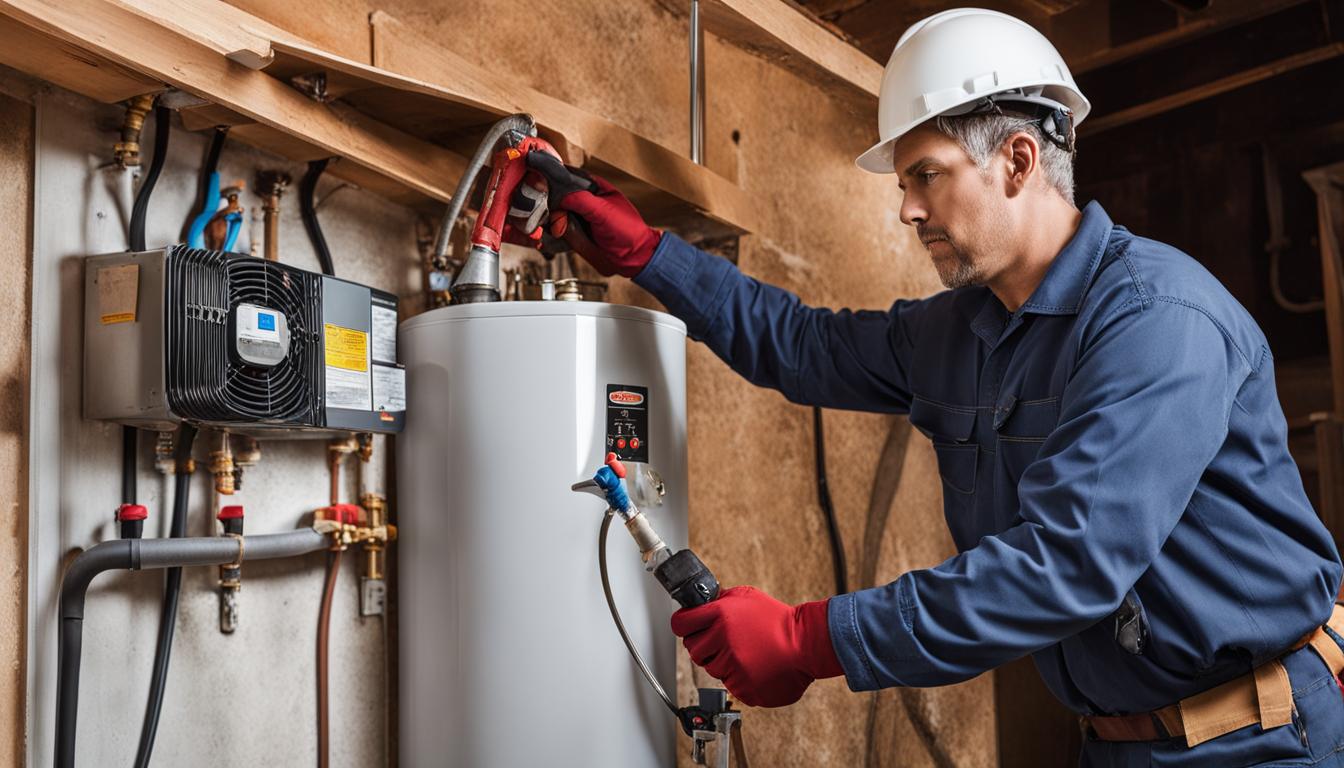Important Care Techniques for Your Home's Hot Water SystemImportant Advice on Maintaining Your Home's Hot Water System
Important Care Techniques for Your Home's Hot Water SystemImportant Advice on Maintaining Your Home's Hot Water System
Blog Article
Are you interested in help and advice on Tips on Maintaining a Water Heater?

Hot water is crucial for daily comfort, whether it's for a revitalizing shower or cleaning dishes. To ensure your warm water system runs successfully and lasts much longer, normal maintenance is key. This short article offers functional ideas and understandings on just how to keep your home's warm water system to avoid disturbances and pricey repair services.
Introduction
Maintaining your home's hot water system could appear complicated, however with a few simple actions, you can guarantee it operates smoothly for several years ahead. This guide covers everything from understanding your hot water system to DIY upkeep ideas and understanding when to hire professional aid.
Significance of Maintaining Your Warm Water System
Routine maintenance not just prolongs the lifespan of your warm water system however likewise ensures it operates efficiently. Ignoring maintenance can cause decreased effectiveness, greater energy costs, and even early failure of the system.
Indications Your Warm Water System Requirements Upkeep
Knowing when your warm water system needs attention can stop major problems. Keep an eye out for signs such as irregular water temperature, unusual sounds from the heater, or rustic water.
Purging the Hot Water Heater
Flushing your water heater gets rid of sediment accumulation, boosting efficiency and extending its life.
Monitoring and Replacing Anode Rods
Anode rods protect against corrosion inside the storage tank. Checking and changing them when broken is essential.
Complicated Concerns Requiring Expert Aid
Instances include major leakages, electric problems, or if your water heater is constantly underperforming.
Regular Specialist Maintenance Conveniences
Professional upkeep can consist of extensive examinations, tune-ups, and guaranteeing conformity with safety and security requirements.
Evaluating and Adjusting Temperature Setups
Adjusting the temperature setups makes certain optimal efficiency and safety.
DIY Tips for Upkeep
You can execute several maintenance jobs on your own to keep your hot water system in leading problem.
Checking for Leaks
On a regular basis evaluate pipes and connections for leakages, as these can bring about water damage and higher expenses.
Recognizing Your Warm Water System
Before diving into maintenance jobs, it's handy to understand the basic elements of your warm water system. Normally, this consists of the water heater itself, pipes, anode rods, and temperature controls.
Regular Monthly Upkeep Tasks
Normal monthly checks can help capture small concerns before they escalate.
Evaluating Pressure Alleviation Valves
Checking the stress safety valve ensures it works properly and stops too much stress build-up.
Shielding Pipelines
Shielding warm water pipes minimizes warm loss and can conserve power.
When to Call an Expert
While do it yourself upkeep is helpful, some problems need expert competence.
Final thought
Routine upkeep of your home's hot water system is vital for effectiveness, durability, and expense savings. By following these tips and knowing when to look for specialist aid, you can make sure a reputable supply of hot water without unanticipated disturbances.
How to Maintain an Instant Hot Water Heater
Before tinkering with your hot water heater, make sure that it’s not powered on. You also have to turn off the main circuit breaker and shut off the main gas line to prevent accidents. Also turn off the water valves connected to your unit to prevent water from flowing into and out of the appliance. 2. When you’re done, you have to detach the purge valves’ caps. These look like the letter “T” and are situated on either side of the water valves. Doing so will release any pressure that has accumulated inside the valves while at the same time avoid hot water from shooting out and burning your skin. 3. When the purge valves’ caps are removed, you have to connect your hosing lines to the valves. Your unit should have come with three hoses but if it didn’t, you can purchase these things from any hardware or home repair shops. You can also get them from retail stores that sell water heating systems. Read the user’s manual and follow it to complete this task properly. When the hosing lines are connected, open the purge port’s valves. 4. You should never use harsh chemical cleaners or solutions when cleaning your unit. Make use of white vinegar instead. It should be undiluted and you’ll probably use about 2 gallons. 5. Now flush your water heater. This task should probably take about 40 minutes. We can’t give you specific directions for this because the procedure is carried out depending on the type, model and brand of your heater. With that being said, refer to the user’s manual. 6. When you’re done draining the unit, you have to turn off the purge port valves again. Remove the hosing lines that you earlier installed on each of the water valves. Put the valve caps (purge port) back in their respective places and be very careful so as not to damage the rubber discs that are found inside these caps. 7. Now that everything’s back in place, check your user’s manual again to find out how to reactivate your water heating system. 8. Once it is working, turn one of your hot water faucets on just to let air pass through the heater’s water supply pipes. Leave the tap on until water flows smoothly out of it. https://www.orrplumbing.com/blog/2014/september/how-to-maintain-an-instant-hot-water-heater/

Do you really like reading up on What Kind of Maintenance Do Water Heaters Need?? Post a remark further down. We would be happy to hear your thoughts about this write-up. Hoping that you visit us again before long. Sharing is nice. One never knows, you may be doing someone a favor. Thanks for being here. Please come by our website back soon.
Click Here Report this page